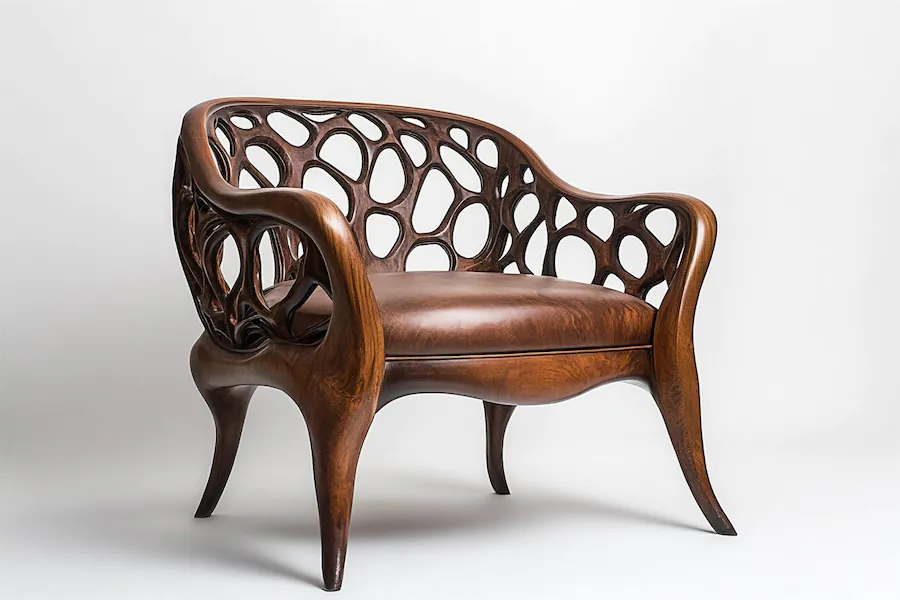A transitional chair seamlessly blends traditional and contemporary design elements, offering versatility and timeless appeal. This article explores the origins, key features, applications, and considerations for selecting the ideal transitional chair.
Introduction to Transitional Chairs
Transitional chairs harmonize classic and modern aesthetics, creating a balanced and adaptable piece suitable for various interior styles. They often feature the curves of traditional designs combined with the clean lines of contemporary furniture, resulting in a look that is neither overly ornate nor starkly minimalistic.
History and Origins of Transitional Chairs
The transitional style emerged in the 1950s as a response to the stark minimalism of the era. Designers sought to blend traditional elements with contemporary ones, creating a timeless aesthetic that bridges the gap between old and new.
Key Features of Transitional Chairs
- Blended Design Elements: Incorporate both traditional curves and contemporary straight lines.
- Neutral Color Palettes: Often utilize soft, neutral tones that complement a wide range of interiors.
- Quality Materials: Crafted from high-quality materials like wood, metal, and upholstered fabrics.
- Minimal Ornamentation: Feature subtle decorative details, avoiding excessive embellishments.
- Versatility: Adaptable to various settings, from living rooms to offices.
Applications of Transitional Chairs
- Living Rooms: Serve as accent pieces that complement both traditional and modern furnishings.
- Dining Areas: Provide elegant seating that harmonizes with diverse table styles.
- Home Offices: Offer comfortable and stylish seating suitable for professional environments.
- Bedrooms: Function as reading chairs or vanity seating, adding a touch of sophistication.
Considerations When Choosing a Transitional Chair
- Design Harmony: Ensure the chair complements existing décor and furniture styles.
- Comfort: Select a chair that provides adequate support and comfort for its intended use.
- Material Quality: Opt for durable materials that offer longevity and ease of maintenance.
- Size and Proportion: Choose a chair that fits the scale of the room and other furnishings.
- Budget: Consider cost without compromising on quality and design integrity.
Conclusion
Transitional chairs offer a harmonious blend of traditional and contemporary design elements, making them a versatile choice for various interiors. By understanding their key features and applications, and considering factors such as design harmony and comfort, you can select a transitional chair that enhances the aesthetic and functionality of your space.
